Vision of the future for second years
Yesterday a second year cohort dropped into Ericsson Television to learn about future technologies within the broadcast sector. Steven Woodhead (Woody) and Rod Harris invited the students for a tour of Ericsson’s facilities including their Picture Quality analysis suite, experience centre, systems verification and customer support labs.
Algorithms expert Chris Duxbury presented us with a comparison between HD and 4K images on a couple of consumer displays before demonstrating the benefits and limitations of High Dynamic Range pictures on an OLED display. Chris described the formats and algorithms currently in use and discussed the increasing importance of software-based pre-processing to optimise compression efficiency.

We had an interesting discussion about the subjective nature of Picture Quality Analysis and how vendors and now choosing a particular look and feel as part of their brand – this often includes sharper but noisier pictures rather than the softer pictures that have traditionally been transmitted for HD. The students were particularly interested in the block structures used within H.264 and H.265 and how the alignment of graphics impacts on artefacts.
Next the students visited the systems verification testing area where engineers put complete systems through their paces by measuring and observing their performance under a plethora of configurations and operating conditions. We met Marvin – the Motor / Armature Robotic Verification Interface. Marvin was built on site to automate the process of pushing buttons, engaging connectors and pulling option cards. This allows Ericsson to thoroughly test hardware issues, quickly, continuously and consistently. We also looked at device verification including climate control ovens and radio frequency interference labs.

After a quick coffee we met up with Ron who looks after the customer experience centre. He introduced us Ericsson’s latest cloud based IP platform ‘MediaFirst’; this allows consumers to assimilate content from multiple vendors into one profile-based interface.
MediaFirst is able to track your content across multiple devices and make recordings and recommendations based on your profile. We also looked across a range of equipment demonstrated to customers and discussed current trends.

We finished off with a visit to the build lab where systems are assembled and verified before they are shipped to the customer. This is also where Woody’s team earn their crust by reproducing and rectifying faults where they do occur. We also bumped into a Media Technology graduate James Grant who gave us an overview of the next generation control systems, which have moved away from dedicated servers to virtualised services that can now be run as virtual machines on pooled hardware or cloud platforms.
Thanks to Rod, Woody and their colleagues for their hospitality. The students were certainly impressed with the facilities and the tour showed several fascinating facets to the broadcast sector.




